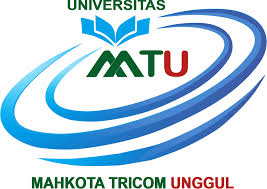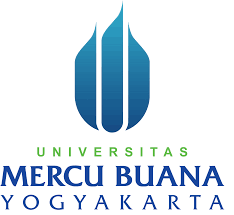Migration and Development: Analyse the Causes of Migration in Ghana
DOI:
https://doi.org/10.59890/e21cw127Keywords:
Migration, Development, Remittances, Brain Drain, Diaspora EngagementAbstract
Migration is a significant phenomenon in Ghana, driven by various factors. Economic factors, such as poverty and unemployment, push individuals to migrate to urban centers or other countries in search of better prospects. Demographic factors, like youth burge and urbanization, also contribute to migration. Environmental factors, including climate change and land degradation, can lead to migration. Social factors, such as education and family ties, influence migration decisions. The impact of migration on development in Ghana is multifaceted. Remittances from migrants contribute significantly to the economy, supporting families and communities. Return migrants can bring new skills and knowledge, benefitting local economies. However, brain drain can hinder development in critical sectors like healthcare and education. To harness the benefits of migration for development, Ghana's government should strengthen migration policies and frameworks, engage the diaspora in national development, invest in local economies, and enhance education and training programs. By understanding the causes and impacts of migration, policymakers can create informed policies that promote development, protect migrants rights, and leverage migration for Ghana's growth and prosperity
References
Adepoju, A. (2020). Migration and Development in West Africa: Trends, Challenges, and Opportunities (pp. 12-15).
Anarfi, J.k., et al. (2018). The Role of Remittances in Ghana's Economy (pp.25-30).
Awumbila, M., et al. (2019). Migration and urbanization in Ghana: Trends, Challenges, and Opportunities. Journal of Urban Studies, 20(3), 10-12.
Bank of Ghana. (2020). Remittances Report (pp. 5-7).
Ghana Stastiscal Service (2020). Migration Report (pp.10-12).
IOM ( International Organization for Migration). (2020).
Levitt, (1998). Social Remittances: Migration Driven Local-Level forms of Cultural Diffusion. International Migration Review, 32, 926-948
Migration Trends and Patterns in Ghana. Journal of Migration Studies, 12(2), 20-25.
Population Dynamics and Migration in Ghana (pp.15-18).
UNFPA (United Nations Population Fund). (2020).
World Bank. (2020). Migration and Development in Ghana (pp. 20-22)[1].











